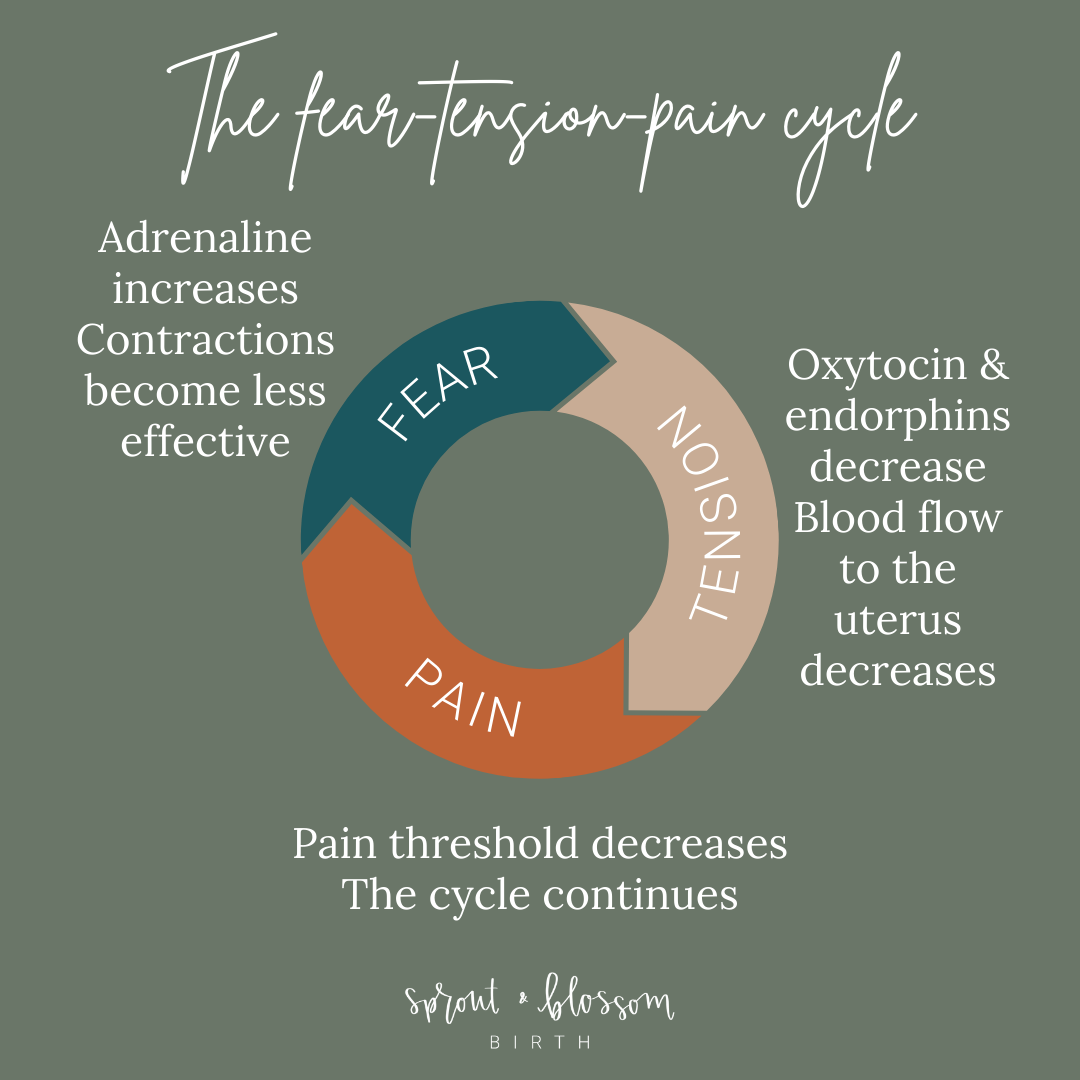
Understanding the Role of Hormones in Labor and Birth
Labor and birth, the culmination of pregnancy, is a complex and awe-inspiring process orchestrated by a symphony of hormones. These chemical messengers play a pivotal role in initiating and regulating the physiological changes that lead to the birth of a new life.
Initiation of Labor
The onset of labor is triggered by a complex interplay of hormones, primarily estrogen and progesterone.
- Estrogen: As pregnancy progresses, the levels of estrogen produced by the placenta steadily increase. Estrogen promotes the growth and maturation of the uterus, making it more receptive to contractions.
- Progesterone: Progesterone, produced by the corpus luteum and later by the placenta, has a calming effect on the uterus, preventing premature contractions. However, as the due date approaches, progesterone levels decline, allowing estrogen to exert its dominance.
The Role of Oxytocin
Oxytocin, often referred to as the "love hormone," is the primary hormone responsible for stimulating uterine contractions during labor.
- Release: Oxytocin is released from the posterior pituitary gland in response to various stimuli, including fetal head pressure on the cervix and nipple stimulation.
- Contractions: Oxytocin binds to receptors on uterine muscle cells, causing them to contract. The intensity and frequency of contractions increase as labor progresses.
- Positive Feedback Loop: As contractions occur, they further stimulate the release of oxytocin, creating a positive feedback loop that drives the progression of labor.
Other Hormones Involved
In addition to estrogen, progesterone, and oxytocin, several other hormones play supporting roles in labor and birth:
- Prostaglandins: These hormone-like substances are produced by the uterus and cervix. They promote cervical ripening and softening, facilitating the passage of the baby.
- Relaxin: This hormone relaxes the ligaments and muscles of the pelvis, allowing the birth canal to expand.
- Endorphins: These natural painkillers are released during labor, helping to reduce pain and discomfort.
The Stages of Labor
Labor is typically divided into three stages:
- Stage 1 (Cervical Dilation): This stage involves the dilation of the cervix from 0 to 10 centimeters. Oxytocin-induced contractions gradually widen the cervix, allowing the baby’s head to descend.
- Stage 2 (Birth of the Baby): Once the cervix is fully dilated, the mother begins to push, assisted by contractions. The baby’s head emerges, followed by the rest of the body.
- Stage 3 (Placental Delivery): After the baby is born, the placenta separates from the uterine wall and is expelled.
Hormonal Changes After Birth
After birth, the hormonal landscape undergoes significant changes:
- Oxytocin: Oxytocin levels remain elevated, promoting uterine contractions to expel the placenta and reduce bleeding. It also stimulates milk production.
- Prolactin: This hormone, stimulated by suckling, is responsible for milk production.
- Estrogen and Progesterone: These hormones decline rapidly after birth, allowing the uterus to return to its non-pregnant state.
Hormonal Imbalances and Labor Complications
In some cases, hormonal imbalances can lead to labor complications:
- Premature Labor: Excessive levels of oxytocin or prostaglandins can trigger premature contractions.
- Prolonged Labor: Insufficient oxytocin production or resistance to oxytocin can slow down labor.
- Postpartum Hemorrhage: Inadequate oxytocin release after birth can lead to excessive bleeding.
Conclusion
Hormones play a crucial role in the initiation, progression, and completion of labor and birth. By understanding the intricate interplay of these chemical messengers, healthcare professionals can optimize the birthing experience, ensuring the safety and well-being of both mother and baby.